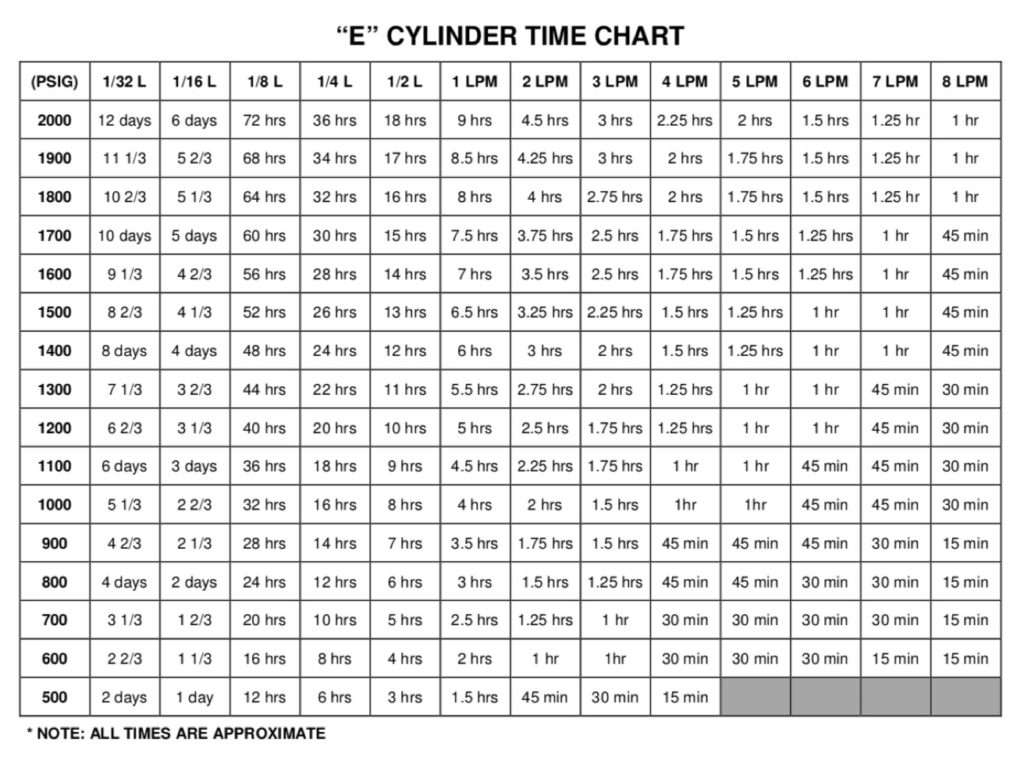 Patients with IPF have many challenges in a typical day. One important challenge is how to get to their doctor’s appointments when they require higher oxygen flow rates. This is a particular challenge for patients that live at a distance from their doctors and require flow rates that can’t be achieved with portable oxygen concentrators.
Patients with IPF have many challenges in a typical day. One important challenge is how to get to their doctor’s appointments when they require higher oxygen flow rates. This is a particular challenge for patients that live at a distance from their doctors and require flow rates that can’t be achieved with portable oxygen concentrators.
How Much Oxygen Flow Do You Actually Need?
The first step is to understand how much oxygen flow you actually need to be comfortable and feel safe. This is made a little easier if you have a pulse oximeter (device that measures your oxygen saturation). Sit at home on your portable oxygen system and adjust the flow rates until your saturations are in the low 90% rate (90-94%). Find the lowest flow rates that achieve these levels and have you feeling comfortable. Next figure out how you will be getting into the car. Will you walk or use a wheelchair? If you require high flow rates with activity then use a wheelchair or other assistive device to get as close as possible to the car.
How Long Will Your Oxygen Tank Last?
Next figure out how long your tank will last at the flow rates that you need when you are sitting. Most patients that require more than 3 liters/minute flow should have “E” tanks. These are the 29-inch tall tanks that are on a rolling carrier. Here are some approximate guidelines for E tanks that are full (2000 PSIG) when used in the continuous flow mode.
- 3 l/m lasts 3 hours
- 4 l/m lasts 2.25 hours
- 5 l/m lasts 2 hours
- 6 l/m lasts 1.5 hours
- 7 l/m lasts 1.25 hours
- 8 l/m lasts 1 hours
An oxymizer cannula may allow you to reduce your flow rate and keep your saturations up. Patients requiring more than 3 l/m flow should strongly consider trying this typo of oxygen cannula system.
See if Your Doctor’s Office Will Provide Oxygen When You Arrive
The next step is clarifying with your doctor that they will have oxygen for you to use once you arrive in their office. In my practice we are happy to provide patients with oxygen while they are in our office. This dramatically reduces the number of tanks you will need to bring. When you arrive at your doctor’s office use your wheelchair or ask if the office can meet you at a drop off point with a wheelchair.
Plan for The Worst Case Scenario
I strongly encourage patients to plan for a worst care scenario when planning how many tanks to bring. At a minimum you should bring twice as many tanks as you think that you will need. This prevents an emergency if you experience traffic or car trouble that delays you.
Work with your oxygen company to ensure that you have enough tanks. Your doctor’s office can help with additional orders for the oxygen company. Many patients mistakenly believe that the highest flow meter (regulator) goes to 6 l/m. There are home concentrators that go to 10 l/m and portable regulators that go as high as 10 l/m as well.
